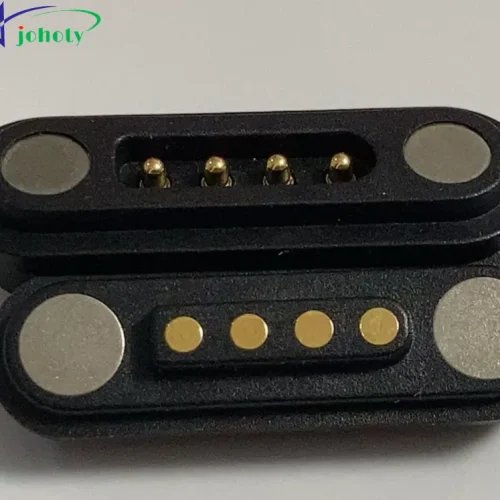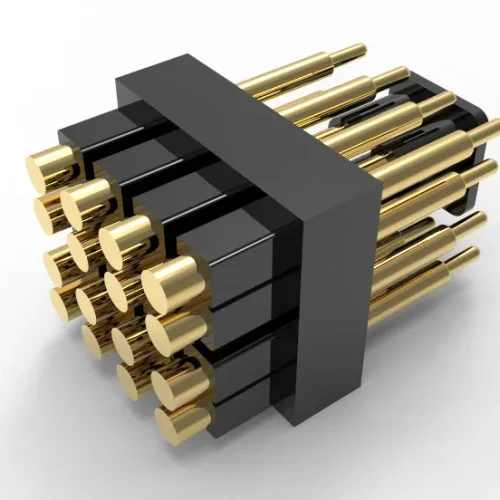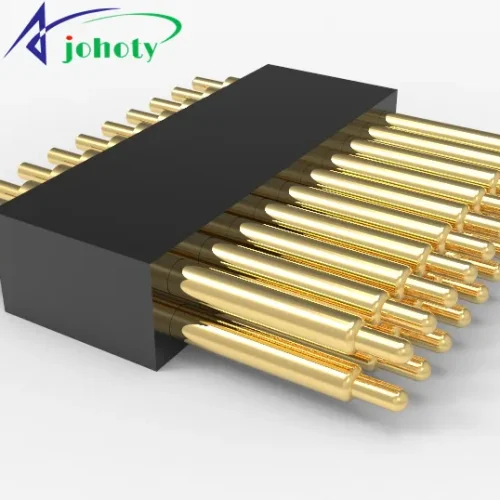Innovation of High Current Probe in EV Charger. How to Improve EV Charging Efficiency, Safety, and Reliability? Analysis Suitable for Engineers!
EV charger stands for electric vehicle charger. It is a device specifically designed to charge electric vehicles. As the popularity of EVs increases, the importance of EV chargers is growing by the day. An EV charger is a critical piece of infrastructure that keeps electric vehicles running.
Home EV Charger
Level 1 EV charger. It is the bare minimum charging. It is 110-120 volts from a standard household outlet. Although it is slower to charge, it is suitable for charging at night or when parked for a long time.
Level 2 EV charger
This requires 240V power and it is faster than Level 1. Many owners of electric vehicles install charging stations of Level 2 in their homes.
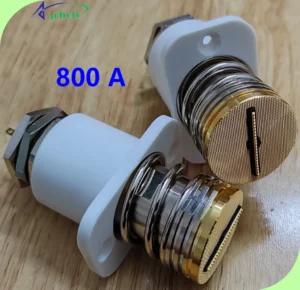
Public charging station
Level 2 EV charger
They stand in public parking lots, shopping centers, or office spaces. They offer a higher charging capacity than home Level 2 chargers.
Level 3 EV charger, DC fast charging.
Provides a very fast charging capability. It can charge an electric vehicle to about 80% in 30 minutes.

What is a high-current probe in an EV charger?
It is the contact pins that transmit the high current during the EV charging process. These high-current probes are part of the EV charger. They establish the physical and electrical connection between the EV charging station and the EV. They can transmit electricity safely and efficiently.
- High-current probes are capable of carrying more current than standard electrical connectors. They can support tens or even hundreds of amps (up to 800A) of current for fast EV charging.
- High current transmission generates heat. Our high-current probes have good heat dissipation. Their unique sales point is that they can continuously work for 2 years at 120 degrees Celsius without any damage.
- These high-current probes usually consist of high-strength and corrosion-resistant materials. This ensures long-term reliability during frequent connections and disconnections.
High-current probe
- We always take into account their safety during their design. ensure that the probes don’t cause personal injury or any damage in the event of improper connection or malfunction.
- With the development of EV technology and the increase in fast electric vehicle charging. The designs and application of high-current probes are also constantly improving. This includes innovation in high-current probe materials. Optimization of high-current connector design, and intelligence of the overall EV charging system. They can improve EV charging efficiency, safety, and user experience.

Applications of high-current probe in EV charger
It mainly ensures the performance, reliability, and safety of the EV charging system. High current probes play the most important role in the EV charger. It ensures that the EV charging process is safe and reliable, extends battery life, and improves charging efficiency. It also provides the necessary data for monitoring and maintenance. These high-current probes are critical to the development and improvement of EV charging technology.
1. Provide and measure high-current
It is a key for high-current probes in EV charging systems. This is to make sure that the current of the EV battery is within a safe range when EV charging.
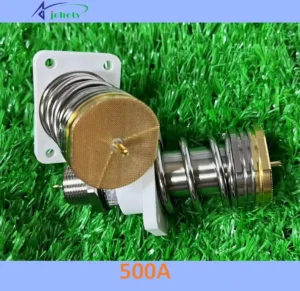
2. Overload Protection
The High Current Probe monitors whether the EV charging current is exceeding safe limits. If exceeding the rated current, the EV charger can automatically stop charging. This can prevent the battery from overheating or being damaged.
3. Temperature Monitoring
During the EV charging process, the battery and the battery management system may become hot. The high-current probe can monitor the temperature of the EV charging device and the battery. This can ensure that they are operating within a safe temperature range.
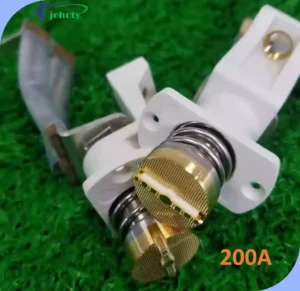
4. Charging control
Based on the high current probe’s measurements, the EV charger can adjust the charging current. This can optimize EV charging speed and efficiency while ensuring battery safety.
5. Troubleshooting
The high-current probe can detect faults in the EV charging process. Such as short circuits in the wiring or connection problems. This helps to detect and solve problems in advance to avoid damage to the EV charger or battery.
6. Data logging and analysis
High-current probes can record data during the charging process. Such as current, voltage, and temperature. It is for subsequent analysis and performance evaluation. This helps to improve the design and functionality of the EV charger.

EV Charger User Experience
One of the important factors that make the EV charger appealing to users is having a good user experience. It can provide a convenient, reliable, and user-friendly EV charging experience.
EV Charging speed
The development of fast charging technology has allowed users to fully charge their batteries in a shorter time. It can increase the ease of EV charging. Fast EV charging stations can fill most of a battery’s capacity within 30 minutes to an hour.
EV Charging Convenience
Increased charging infrastructure and convenience have enhanced the ease of using EVs. It allows users to charge easily at home, at work, at shopping centers, and in public charging stations.
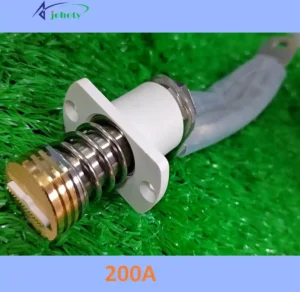
EV Charging Network Reliability
Users expect the charging network to be reliable and don’t want to encounter charging station failures or long waits for charging. Therefore, it is crucial to get the stability and maintenance of charging facilities.
Convenience of EV charging payment
Users want to pay for EV charging to be simple and convenient. And, it is a user-friendly way to pay through mobile apps or charging cards.
Charging station location and navigation
User experience is affected by the location and navigation of the EV charging station. Apps with good charging station maps and navigation features can help users easily find nearby EV charging stations.
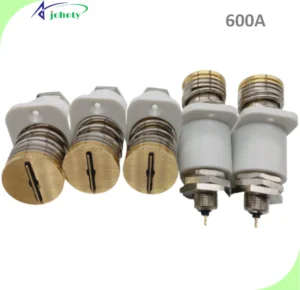
User support and troubleshooting
It is important for user experience that EV charging facilities provide good user support and troubleshooting services. this helps users solve charging problems.
Charging cost transparency
Users want to understand the cost and pricing structure of EV charging. Then, the users can make an informed charging decision.
Charger design
The physical design of the EV charger can impact the user experience. Including the ease of connecting the EV charging plug, and the appropriate length of the cable. And the attractive cosmetics of the EV charger itself.
Sustainability considerations
Users may prefer to charge from renewable sources. So, it is an appeal to offer renewable charging options.

Leading companies and products for EV charger with high-current probe
An advanced EV charger with high-current probe technology offers faster, safer, and more convenient EV charging options. Contributing to the popularity of electric vehicles and sustainable transportation. These EV chargers often have intelligent features that users can remotely monitor and control the EV charging process. It can enhance the user experience.
Tesla Supercharger
Tesla Supercharger is a high-speed EV charging. It utilizes a high-current probe for Tesla electric vehicles. These charging stations are capable of providing high-power charging for Tesla models. It allows users to charge up to more than 80% of battery capacity in a short time. They are usually located on highways, making long-distance travel more convenient.
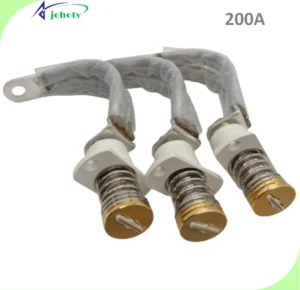
General Electric’s bridge EV charger
General Electric produces bridge chargers that utilize high-current probes. It supports many different models of electric vehicles with high charging efficiency and fast charging capabilities. These chargers are widely distributed in different locations, including many commercial areas, parking lots, and so on.
Astral Charging’s Super Rapid Charger
Astral Charging is an emerging charging equipment manufacturer. He has introduced a Super Rapid Charger that utilizes high-current probe technology with high power and high-speed charging capabilities. These chargers are available for a wide range of EV brands and feature intelligent charge management.
ABB, Siemens, Schneider Electric, and others also offer EV charging equipment with high-current probe technology. They include DC fast chargers and fast chargers. These EV chargers are for different charging scenarios, including public charging stations, and commercial charging facilities.

Analyzing how leading companies are utilizing an advanced EV charger with high-current probe
Leading EV charger manufacturing companies utilize high-current probe technology to continually improve performance and safety. And user experience of EV charging equipment to meet the demands of the growing electric vehicle market.
Fast EV charging
These companies use high-current probe technology to support high-power fast EV charging. It can quickly fill batteries in a very short time. This is critical for reducing EV charging wait times and supporting long-distance travel.
Multiple Charging Interfaces
Leading EV charger manufacturers support multiple charging interfaces and standards to accommodate different EV models and brands. This includes DC fast charging and AC charging.

Intelligent EV Charger Management
High-current probe technology is for intelligent EV charger management. It allows the EV charger to dynamically adjust to the state of the battery and the needs of the user. This means that the EV charger can optimize the EV charging workflow based on some factors. Such as remaining battery capacity, temperature, and charging rate to improve battery life and performance.
Data monitoring and remote management
They can offer remote management, controlling, and monitoring capabilities. It allows users and operators to monitor the status and performance of the EV charger in real-time. This helps in timely fault detection and maintenance.
User-friendly interfaces
These companies design user-friendly EV charger interfaces, including LCDs, touch screens, mobile apps, etc. This helps users easily connect and initiate EV charging while providing information on charging progress and costs.
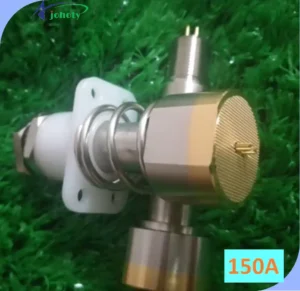
Support for renewable energy charging
Some of them also support renewable energy EV charging by allowing users to charge using renewable energy sources. Such as solar, wind, etc., which helps in reducing the carbon footprint.
Charging cost transparency
They usually provide a clear EV charging cost structure to ensure that users are aware of the cost of charging. They also offer pretty many payment methods, such as charging cards, cell phone payments, etc.
Safety
High-current probe technology can also monitor current and voltage to ensure the safety of the charging process. If an anomaly, the EV charger can automatically end EV charging. This can avoid any damage to the EV battery or charging device.
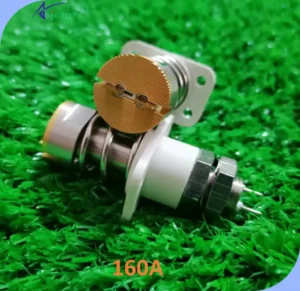
How to Improve EV Charging Efficiency, Safety, and Reliability?
To enhance the EV charger on safety, stability, and efficiency. A range of technologies and safety measures are required to ensure the charging process is safe, efficient, and reliable. Manufacturers follow international or regional standards and certifications to ensure that their EV chargers meet safety and performance requirements. Users should also follow the manufacturer’s usage guidelines. And ensure that both the EV charging equipment and the electric vehicle are properly maintained and serviced.
High-efficiency design
The circuit design and converter technology of the EV charger allow for more efficient energy conversion and less energy loss. High-efficiency design can reduce EV charging time and energy waste.
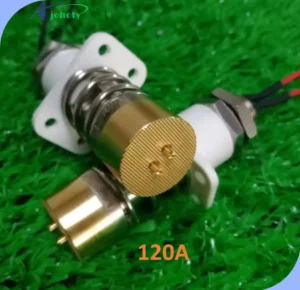
Power Factor Correction
The use of power factor correction technology can improve the charger’s power factor. Reduce harmonics and distortions on the grid, and increase the efficiency of energy utilization.
Temperature management
The EV charger has a temperature management system that monitors the temperature during the charging process. It can ensure that the EV charging always works within safe limits. This helps prevent overheating and maintains the long-term stability of the EV charger.
Over-voltage and over-current protection
The EV charger has over-voltage and over-current protection. This is to ensure that EV charging is automatically stopped under abnormal conditions. For example, grid voltage fluctuations or vehicle battery failure. This can prevent damage to the battery or charging equipment.
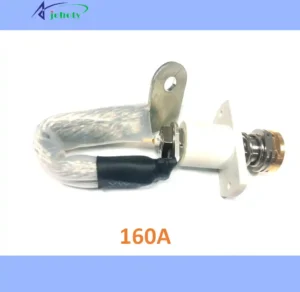
Ground detection
It usually has a ground detection function to ensure good grounding. So, it can greatly minimize the risk of any electric shock.
Leakage protection
It can monitor current flow to ensure that there is no leakage, reducing the risk of electric shock.
Short-circuit protection
The EV charger has a short-circuit protection to prevent short-circuiting on the charging line, thus reducing the risk of fire.
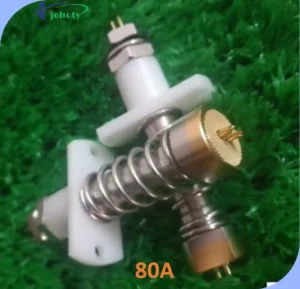
Battery Management System (BMS)
BMS can achieve the connection between the electric vehicle and the EV charger. It is to ensure coordination between the EV charger and the battery to improve charging efficiency and safety.
Intelligent Charge Management
Some EV chargers have intelligent charge management features that dynamically adjust the charging rate. Which can be based on battery status and grid load to maximize the use of available power.
Scheduled maintenance
Regular inspection and maintenance of EV charging equipment is key to ensuring its long-term stability and safety. Regularly check cables, plugs, high-current connectors, and other components, and clean and maintain them.
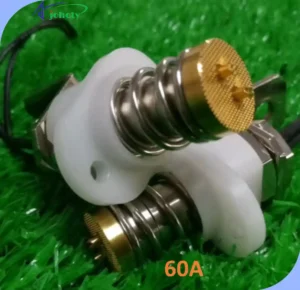
Conclusion
As engineers, there is no doubt that it is attractive for the application of high-current probe technology in an EV charger. This technology represents the innovation and future of electric vehicle charging. So, it always inspires our clients to buy it for their innovations or projects.
High current probe technology not only improves charging speed. It also enables batteries to be rapidly recharged in less time through higher currents. This is critical to the utility and convenience of electric vehicles. Engineers continue to explore and optimize this technology to bring us a faster and more efficient EV charging experience.
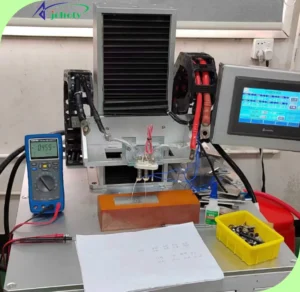
High-current probe in EV charger
The application of high-current probes also provides an innovative field for engineers. It can push the limits of technology and design safer, more reliable, and smarter chargers. This is not only exciting but also represents the responsibility of engineers. It is to contribute to sustainable mobility and environmentally friendly travel.






